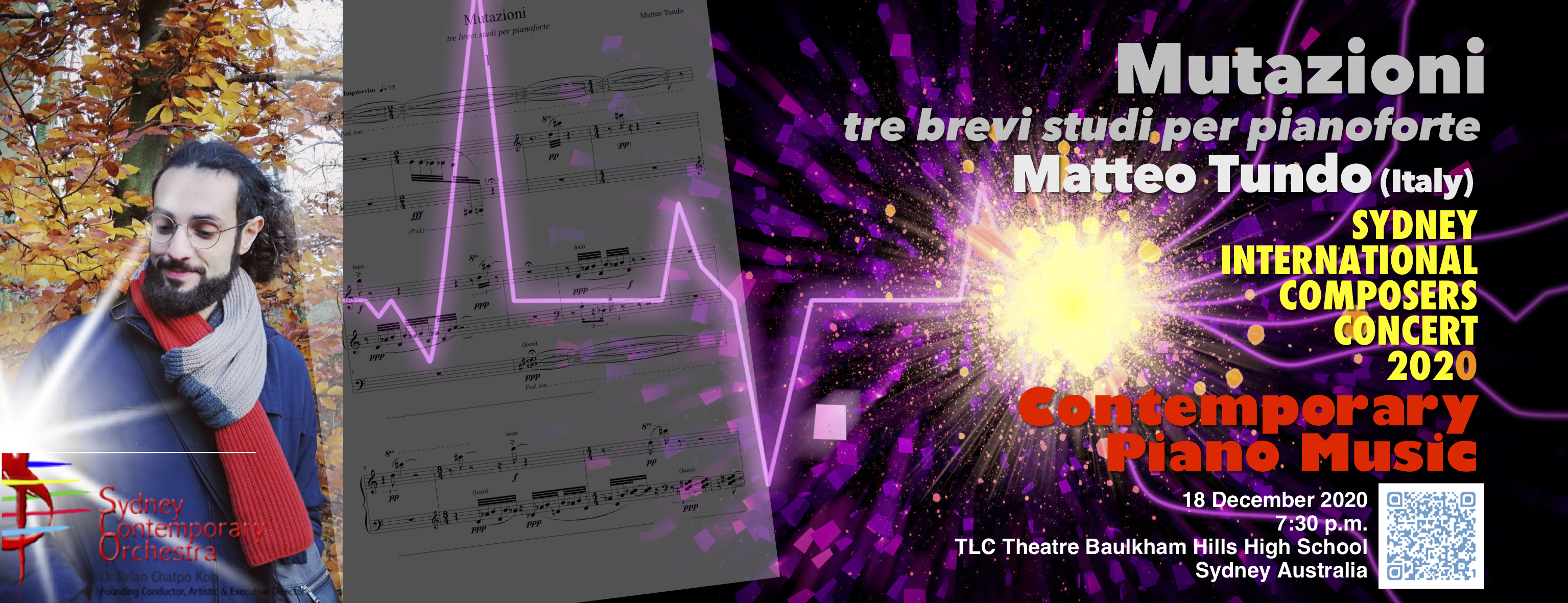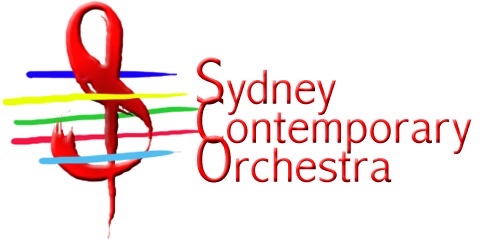Matteo Tundo is an Italian composer. His primary interest in composition is the perception and cognition of the sound event, the neural mechanisms that lead to the signification of sound. His work is focused on the application of the neuroaesthetic in music composition.
After his early studies in classical guitar, he obtained a Bachelor’s degree in Jazz guitar, studying with Umberto Fiorentino at the Conservatory “Luigi Cherubini” in Florence and then a Master’s degree in Music and New Technologies. Later he specialized in the Master Sound Technologies and Music Composition at the Conservatory “Arrigo Boito” in Parma. He studied with Marco Ligabue, Alfonso Belfiore, Javier Torres Maldonado, Alvise Vidolin, Laura Zattra, Giorgio Colombo Taccani, Angelo Farina, Esther Lamneck, Emilio Ghezzi and many others. He attended master classes in composition with Yan Maresz, Achim Bornhoeft, Daniel D’Adamo, Iñaki Estrada, Karlheinz Essl, Gianvincenzo Cresta and others.
His music has been played in several Countries: Italy, Germany, Spain, United States, Iran, Korea, Japan and He participated as composer at international music festivals: Mise-En Festival (2019), Labirinti Sonori (2018), Diffrazioni Festival (2014, 2016), Estate Fiesolana (2016), Cluster Music Festival (2018), MUSLAB (2018), OUA-EMF (2017), New Music Day (2017), Mise-En Festival (2019), IlSuono Contemporary Music Week (2019).
Matteo is a member of ESCOM (European Society for the Cognitive Sciences of Music).
He has released three albums: Acatalepsy (Music Republic 2014), Zero Brane (Aut Records 2015) and Equilibrio di Hardy-Weinberg (Antimateria Lab 2017).
Email: tundomatteo@virgilio.it
address: Via Gavazo 65, Ricengo (CR), 26010, Italy site: https://matteotundo.wixsite.com/matteotundo tel. : +39 3404575273
facebook: https://www.facebook.com/matteo.tundo
MUTAZIONI, for piano
PROGRAM NOTES
In these studies for piano the term “mutation” (mutazione) refers not so much to the musical material itself, but to the perception that this process activates in the listener. The possibilities of mutation are explored through the repetition of well recognizable figures, which undergo changes sometimes evident, sometimes hidden. The form of the studies arises from the activated mutation processes, with some external elements that momentarily interrupt the flow by varying its development.

